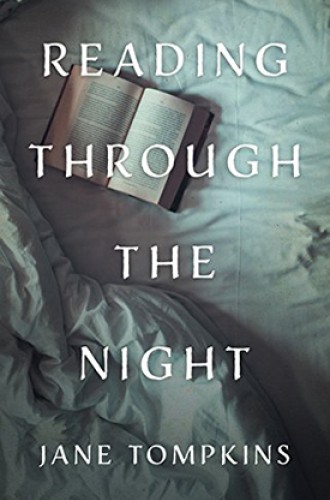When Jane Tompkins couldn’t move, she read
Confined by illness, the feminist literary scholar dove into the complete works of V.S. Naipaul and Paul Theroux.
On one level, Jane Tompkins’s memoir is about reading. She analyzes the complete works of two authors, V. S. Naipaul and Paul Theroux, and along the way she cites a broad swath of writers, from journalists and mystery writers to the poet Emily Dickinson.
On another level, it’s a story of illness. “For many years I’d had a little-understood illness called myalgic encephalomyelitis . . . known until recently as chronic fatigue syndrome.” The illness shapes the author’s situation and many of her metaphors. Unlike many illness memoirs, however, Tompkins’s does not probe medical research or the historical context of her illness; illness is simply the big, bold fact that stands behind everything else.
Tompkins is a feminist literary critic whose renown is built on a handful of books and the essays of the 1990s, “Me and My Shadow” and “The Way We Live Now,” both of which challenged the modern university from within. She tells her story with the perspicacity of a postcolonial literature scholar, and she structures it like a detective novel. Of all the books she reads while reclining on the couch or lying in bed, she wonders, why does Theroux’s Sir Vidia’s Shadow capture her? How does it restore energy even while it reveals hard truth after hard truth? And what message does it have for the reader?




